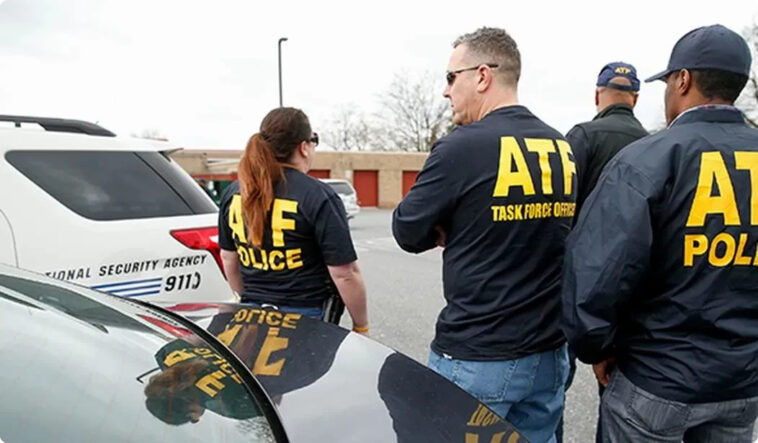The Supreme Court may not have delivered the opinion that gun owners were hoping for in the Rahimi case, but on Friday the justices gave Second Amendment advocates new ammunition to use in their fights against the ATF’s rulemaking abuses by overturning the Chevron Doctrine.
In Loper Bright Enterprises v. Raimondo, et al, Chief Justice John Roberts wrote for the 6-3 majority that the doctrine, which requires courts to defer to federal agencies so long as they offered “a permissible construction” of a challenged statute even if it was not “the reading the court would have reached if the question initially had arisen in a judicial proceeding,” is no longer operative.
Instead, the majority held that “The Administrative Procedure Act requires courts to exercise their independent judgment in deciding whether an agency has acted within its statutory authority, and courts may not defer to an agency interpretation of the law simply because a statute is ambiguous.”
That’s very good news for the folks who are challenging the ATF’s rules on unfinished frames and receivers, pistol stabilizing braces, and who is “engaged in the business” of dealing firearms.
FPC submitted an amicus brief in Lopez Bright arguing that the Chevron Doctrine was a violation of the separation of powers inherent in the Constitution, while the National Shooting Sports Foundation filed a brief of its own pointing out that agencies like the ATF have relied on Chevron “to support changing interpretations of laws affecting Second Amendment rights.”
ATF often expects Chevron deference in litigation,which is extraordinary given that the right to keep and bear arms is a fundamental constitutional right. Such enumerated rights are “[p]remised on mistrust of governmental power.” Given that Second Amendment rights can be exercised only if individuals can lawfully obtain a firearm, it is astounding that the government would request or receive deference on laws regulating the exercise of such rights. But that is precisely what happens frequently with Chevron regarding federal firearms laws, often at the request of ATF.
… Chevron’s outsized influence is witnessed when ATF interprets other federal gun-control provisions. Even when adjudicating immigration cases, some courts afford deference to ATF’s interpretation of who qualifies as an illegal alien under 18 U.S.C.§ 922(g)(5)(A), even though ATF has no expertise in immigration matters. On occasion, other federal agencies will receive the same deference under Chevron that ATF typically enjoys, such as the Board of Immigration Appeals regarding whether an alien here on a student visa falsified information when filling out a Form 4473to purchase a firearm.
The NSSF brief specifically points to the ATF’s reclassification of bump stocks as machine guns, as well as its reversal on stabilizing braces, which the agency allowed for years before suddenly determining that brace-equipped pistols can be treated as short-barreled rifles subject to National Firearms Act restrictions.
A cottage industry consequently developed over almost a decade in full view of ATF. Then after two instances of the accessory being criminally misused, ATF reversed its interpretation, saying the accessory henceforth makes the pistol a rifle (or short barreled rifle). Once again, nothing but the politics changed.
The implications for companies and consumers aresignificant. A consistent statutory interpretation allows a company to design new business lines based on an understanding of what is permitted by the applicable statute. That includes hiring personnel, purchasing property, designing equipment, and many other activities. The markets for bump stocks and stabilizing arm braces are examples of an industry relying on previous guidance from an agency with regulatory authority over the industry, producing and selling products the agency had determined was legal, then suddenly that same regulator pulls the rug out from under the industry.
The demise of Chevron deference doesn’t guarantee that the ATF rules promulgated under Joe Biden’s watch will be struck down by the Supreme Court, but it does mean that the ATF can’t hide behind the doctrine in the future.
With SCOTUS set to hear Vanderstok v. Garland‘s challenge to the agency’s rules on unfinished frames and receivers this fall, today’s decision could soon help to curb the ATF’s abuses of the Administrative Procedures Act and put the onus back on Congress to legislate these issues instead of essentially allowing the agency to create new law.


